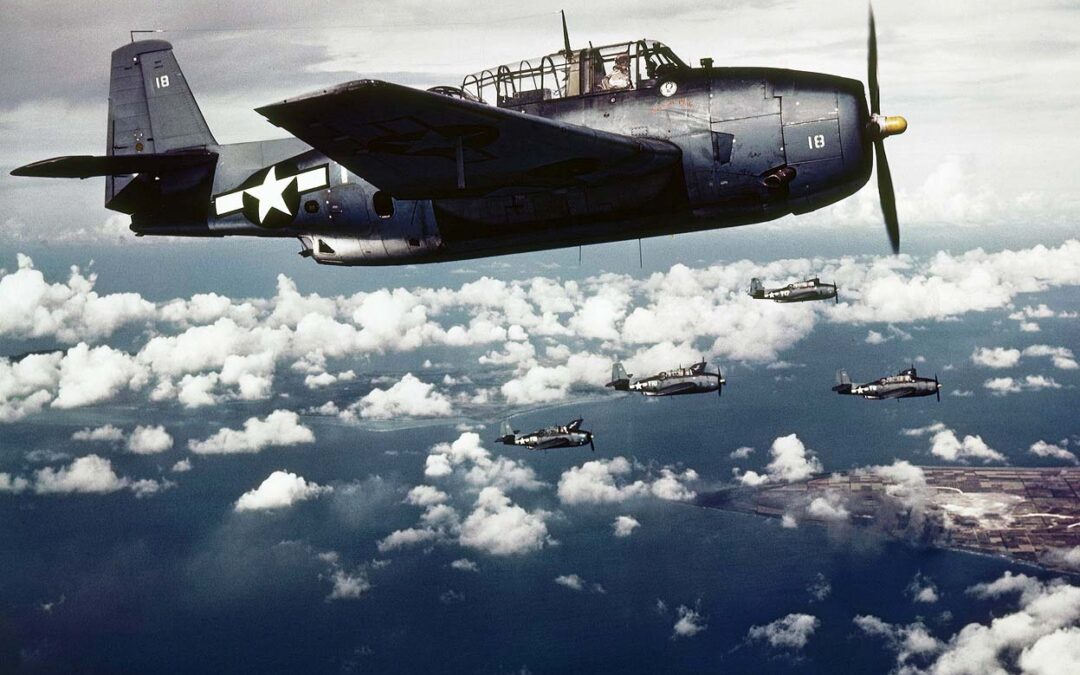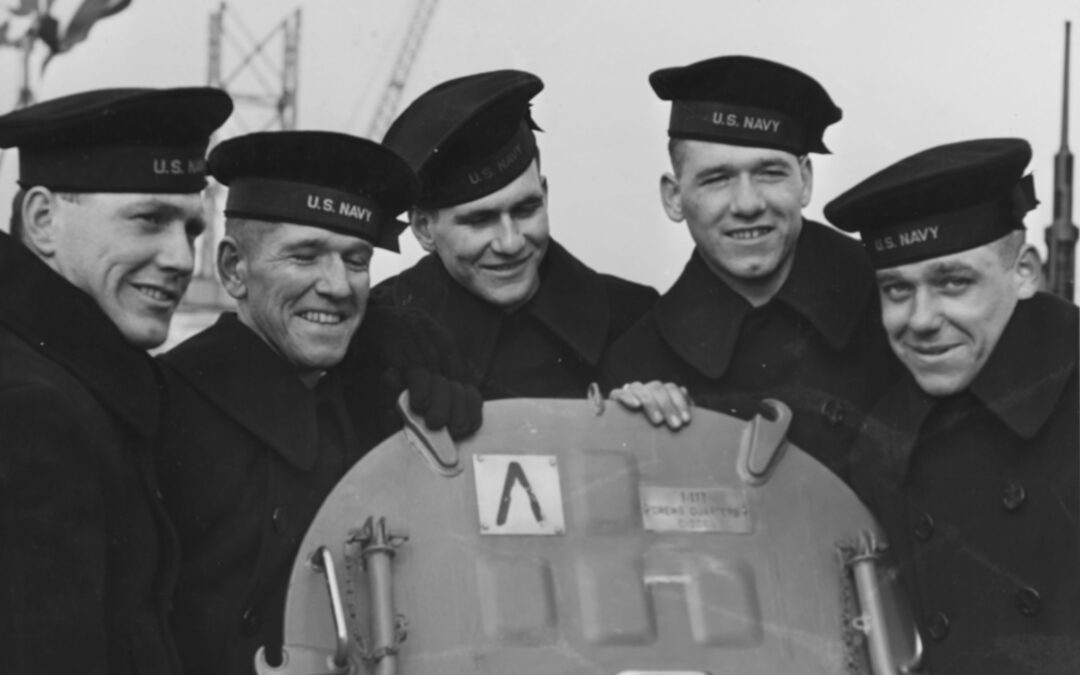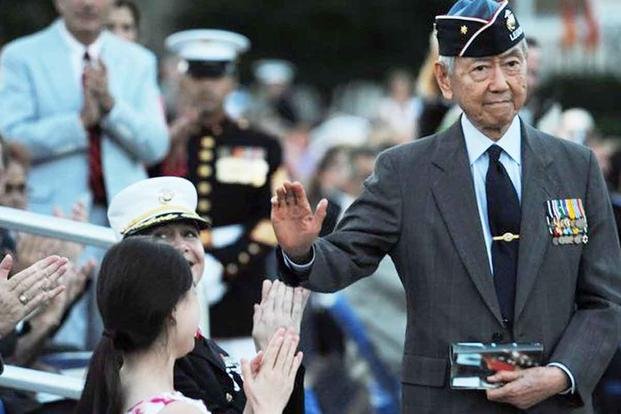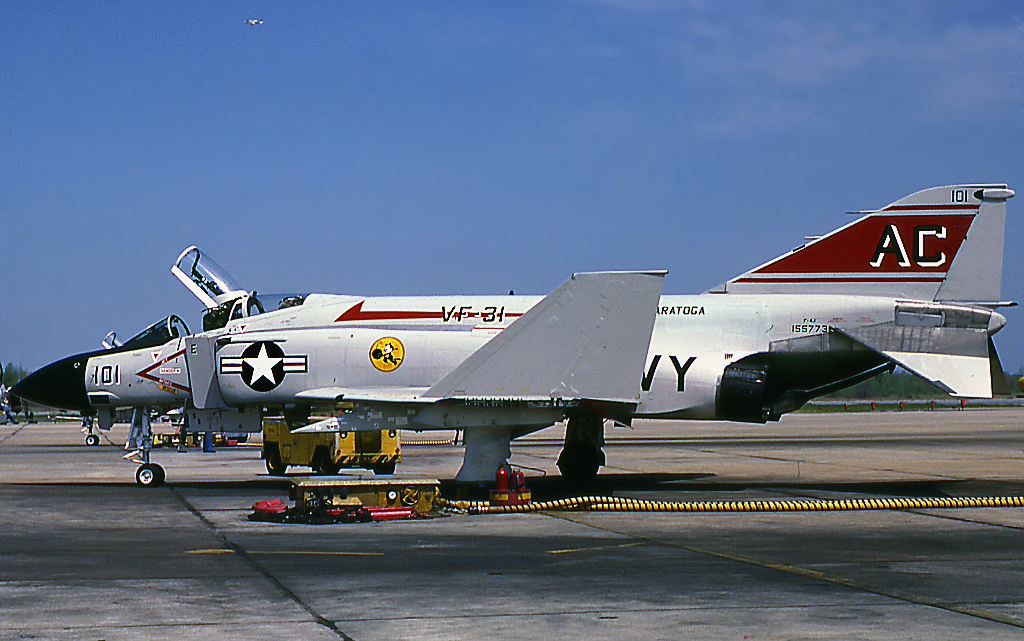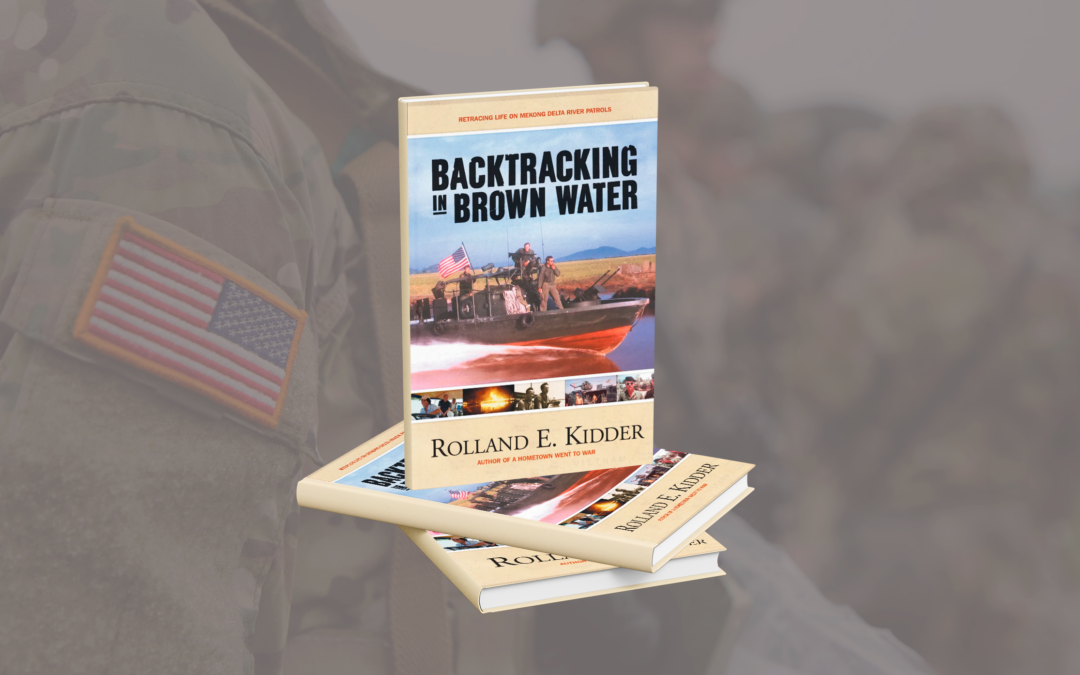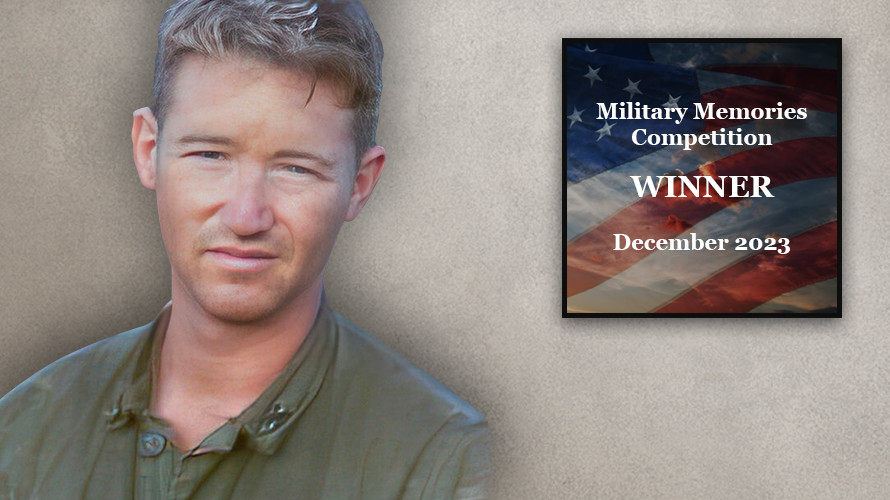The Battle of Wake Island was fought December 8-23, 1941, during the opening days of World War II. A tiny atoll in the central Pacific Ocean, Wake Island was annexed by the United States in 1899. Located between Midway and Guam, the island was not permanently settled until 1935 when Pan American Airways built a town and hotel to service their trans-Pacific China Clipper flights. Consisting of three small islets, Wake, Peale, and Wilkes, Wake Island was to the north of the Japanese-held Marshall Islands and east of Guam. As tensions with Japan rose in the late 1930s, the U.S. Navy began efforts to fortify the island. Work on an airfield and defensive positions began in January 1941. The following month, as part of Executive Order 8682, the Wake Island Naval Defensive Sea Area was created which limited maritime traffic around the island to U.S. military vessels and those approved by the Secretary of the Navy. An accompanying Wake Island Naval Airspace Reservation was also established...
